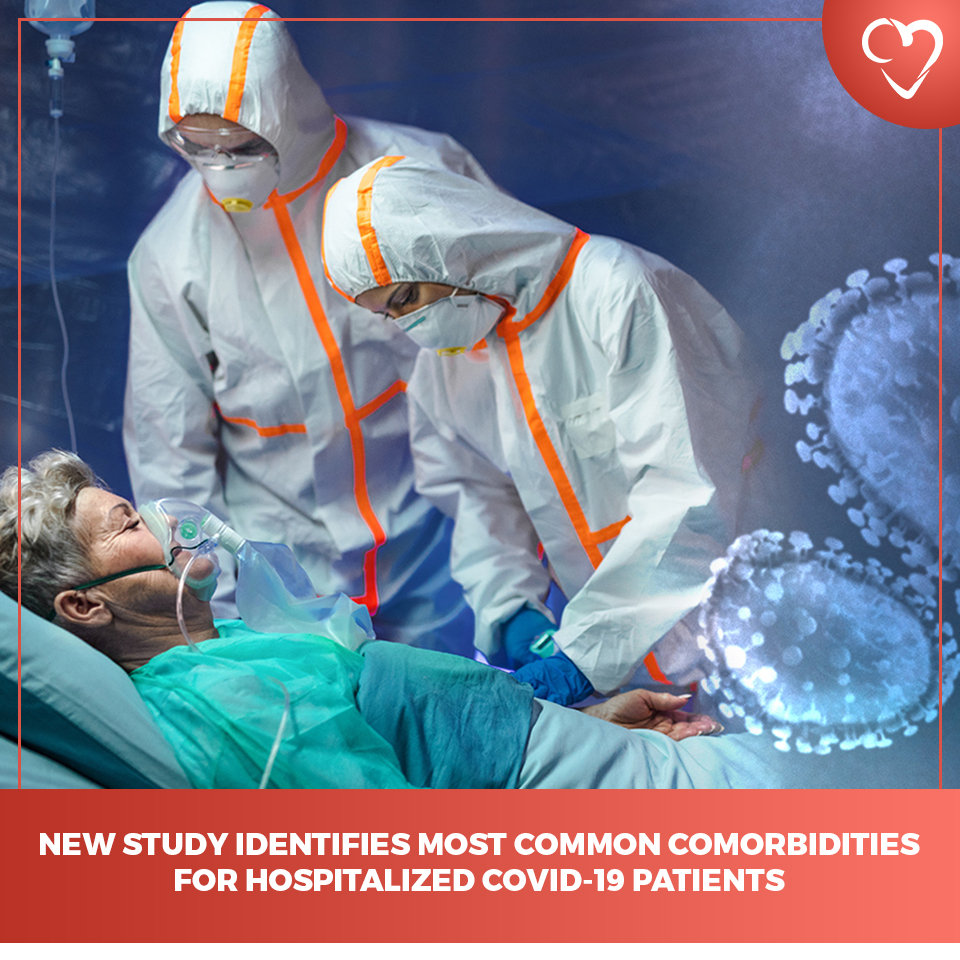
According to the World Health Organization, a pneumonia of unknown cause in Wuhan, China was reported to the WHO Country Office in late December 2019. About a month later, the outbreak was deemed a Public Health Emergency of International Concern. Ever since, countries around the globe have been tirelessly working to manage these critically ill patients, collect data, and develop treatment plans and a vaccine. While many may contract the disease, certain individuals are at higher risk for becoming severely ill. According to the CDC, high risk groups include:
- People 65 years and older
- People who live in nursing homes or long-term care facilities
- People with chronic lung disease
- People who have serious heart conditions
- People who are immunocompromised
- People with severe obesity
- People with diabetes
- People with chronic kidney disease undergoing dialysis
- People with liver disease
Northwell Health (New York) recently published the largest COVID-19 study in JAMA, linking comorbidities to acuity. The study identifies hypertension, obesity, and diabetes as the most common comorbidities in hospitalized COVID-19 patients, further supporting statements made by the CDC. Moving forward, it is imperative to protect these high risk populations, especially during a pandemic when some may be fearful of seeking professional medical care. Telehealth, along with digital applications such as CardioVisual, serve as platforms that continue to provide high-risk populations with contactless, factual, and reliable information.
For more information on this continuously evolving situation and updated data and guidelines please visit the Centers for Disease Control (CDC), the American College of Cardiology (ACC), and the World Health Organization (WHO).